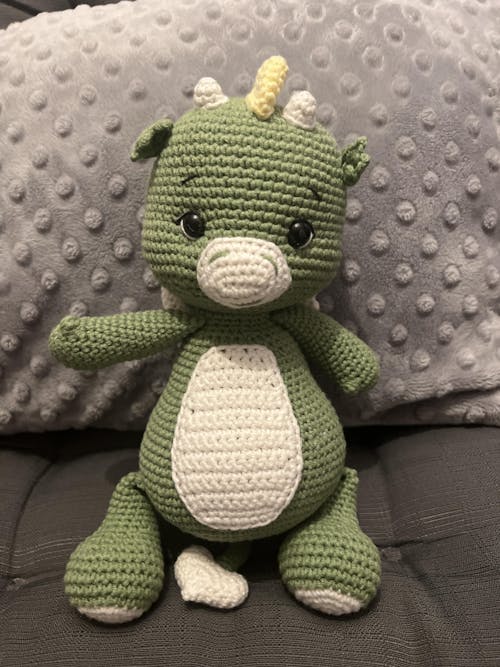Top Certifications for Handmade Crochet Toys and How to Obtain Them
Share
Introduction
Certifying your handmade crochet toys with recognized certifications is crucial for ensuring safety, regulatory compliance, and marketability. This guide explores the top certifications worldwide and outlines the steps to obtain them.
1. CE Mark (European Union)
- Scope: Mandatory for toys sold within the European Economic Area (EEA).
- Standards: Compliance with EN 71 series (EN 71-1, EN 71-2, EN 71-3) for mechanical, flammability, and chemical safety.
- Process: Conduct testing through accredited laboratories, prepare technical documentation (including risk assessments and Declarations of Conformity), and affix the CE mark on your crochet toys or packaging.
2. UKCA Mark (United Kingdom)
- Scope: Required for toys sold in Great Britain (England, Scotland, Wales) post-Brexit.
- Standards: Initially aligned with EN 71, may diverge over time.
- Process: Similar to CE marking process but specific to the UK market. Conduct testing, prepare technical documentation, and affix the UKCA mark.
3. ASTM F963 (United States)
- Scope: Mandatory for toys sold in the United States.
- Standards: Covers mechanical hazards, flammability, and chemical composition.
- Process: Ensure compliance with ASTM F963 standards, conduct safety assessments, testing, and issue a Children's Product Certificate (CPC).
4. CPSIA (United States)
- Scope: Applies to all children's products sold in the U.S., including toys.
- Requirements: Limits on lead, phthalates, third-party testing, and certification.
- Process: Comply with CPSIA regulations, conduct third-party testing, and issue a CPC.
5. CCPSA (Canada)
- Scope: Mandatory for toys sold in Canada.
- Standards: Compliance with mechanical and chemical safety requirements.
- Process: Conduct safety assessments, testing, and ensure compliance with Canadian regulations.
6. AS/NZS ISO 8124 (Australia and New Zealand)
- Scope: Required for toys sold in Australia and New Zealand.
- Standards: Compliance with mechanical, physical, and chemical safety requirements.
- Process: Conduct testing according to AS/NZS ISO 8124 standards, prepare technical documentation, and ensure compliance.
Steps to Obtain Certifications for Handmade Crochet Toys
1. Research and Understand Requirements
- Familiarize yourself with the specific toy safety standards and certification processes for each target market (EU, UK, US, Canada, Australia, New Zealand).
2. Conduct a Risk Assessment
- Identify potential hazards associated with your handmade crochet toys (e.g., small parts, choking hazards) and document mitigation measures.
3. Use Safe Materials
- Ensure all materials (yarn, stuffing, embellishments) are non-toxic and comply with relevant safety standards (e.g., restrictions on heavy metals, phthalates).
4. Design for Compliance
- Design crochet toys to meet mechanical, physical, and chemical safety requirements specified by applicable standards.
5. Perform Necessary Testing
- Arrange testing through accredited laboratories to assess compliance with safety standards (mechanical, flammability, chemical).
6. Compile Technical Documentation
- Prepare a comprehensive technical file including test reports, risk assessments, and Declarations of Conformity (DoC) for each certification.
7. Affix Certification Marks
- Once compliant, affix the appropriate certification marks (e.g., CE, UKCA, ASTM) visibly and permanently on your crochet toys or their packaging.
Conclusion
Obtaining certifications for handmade crochet toys is essential for demonstrating compliance with global safety standards, ensuring consumer safety, and facilitating market access worldwide. By following these steps and investing in certification, you can confidently sell your handmade crochet toys in international markets while building trust and credibility with consumers.
Additional Resources
- European Commission on Toy Safety
- U.S. Consumer Product Safety Commission (CPSC)
- Health Canada Consumer Product Safety
- Australian Competition & Consumer Commission (ACCC)
By prioritizing safety certifications, you ensure your handmade crochet toys meet global standards and regulatory requirements, enhancing their marketability and consumer appeal.
















